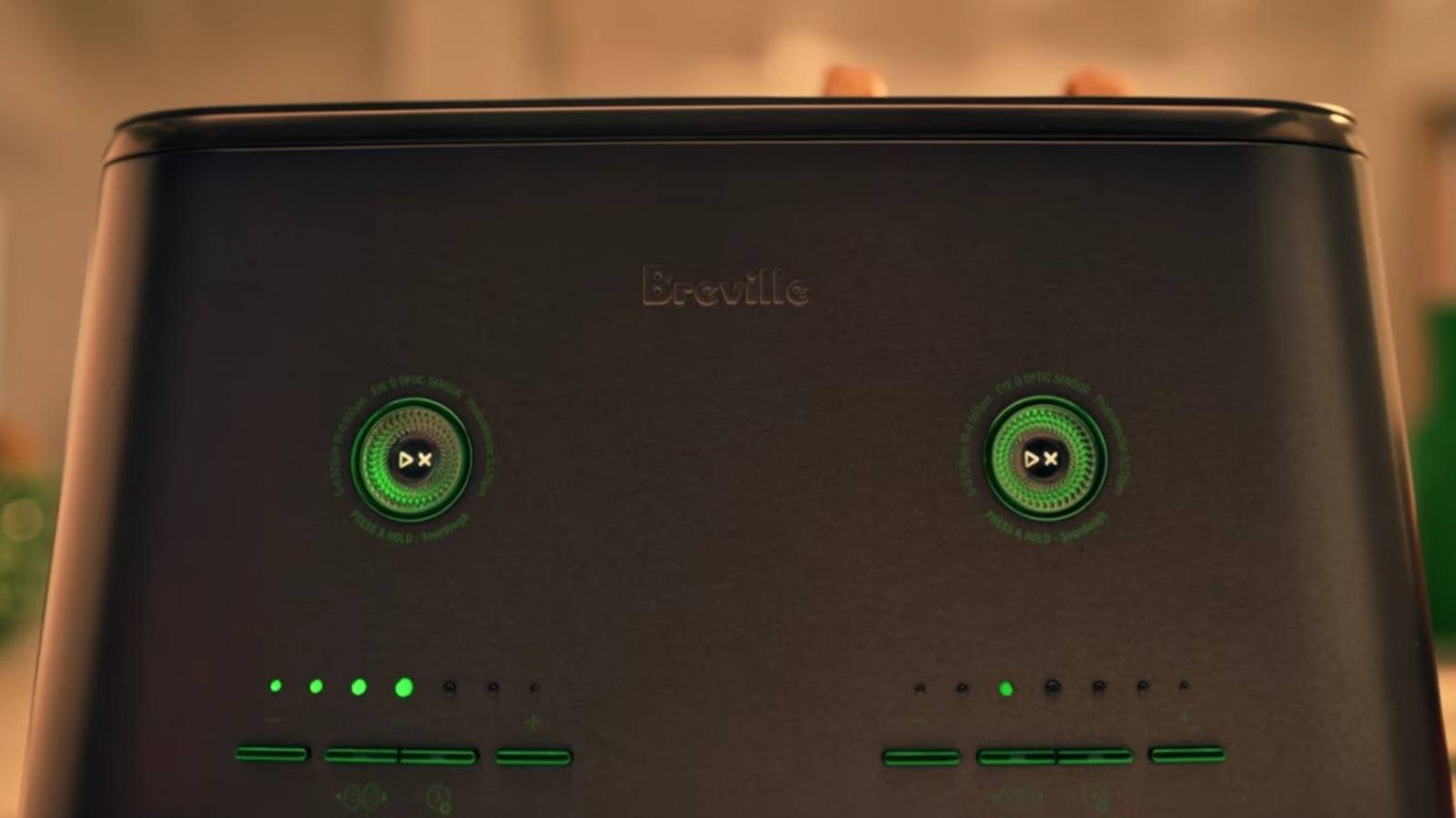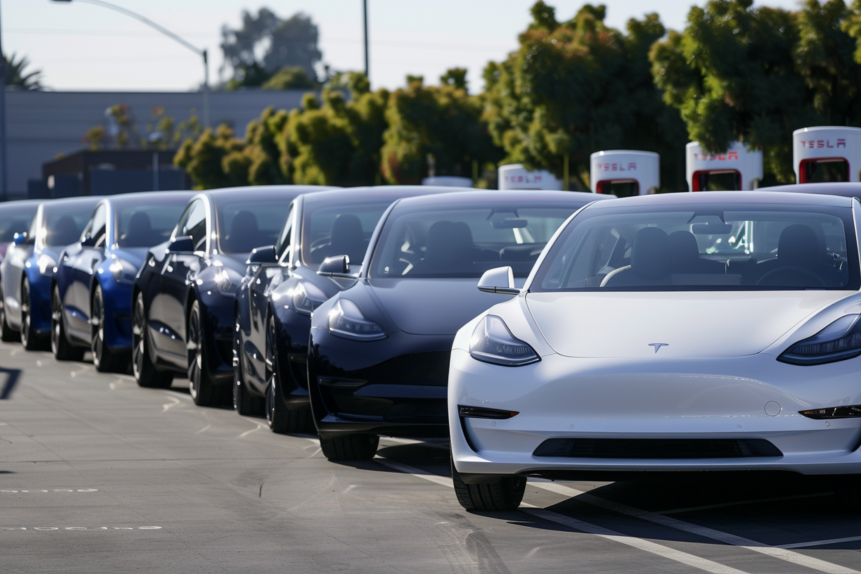Copyright SlashGear

Sometimes, we don't stop and appreciate just how far technology has come. Take a look around your kitchen, for instance. Perhaps you have certain highly rated cooking gadgets, such as a refrigerator that alerts you automatically when certain products it stores are nearing their expiration dates, or a microwave that knows just the right settings to cook an item just from scanning the barcode on the packet. Kitchen appliances are becoming ever more sophisticated, including toasters. You might think that there isn't much to using a toaster, of all devices. Yet the fact is, they can be very fickle. If you're particular about your toast, or you're experimenting with an unusual type of bread, you'll know that a few seconds can make all the difference. Luckily, smart toasters can now keep an eye on your precious bread for you. Smart toasters as a whole aren't a brand-new innovation, but there's one thing that Breville's new model brings to the kitchen that hasn't been seen before. Breville Australia boasts that the Eye Q Auto is "the first ever toaster with optic sensors," which might seem to some like one technological step too far. Nevertheless, this sort of technology could simply make the device much more effective at its job. Here's how these optical sensors work and what they might mean for a new generation of toasters. Previously, we've staged a deep dive into the mystery of what the numbers on a toaster mean. Depending on the model and the design, they could correspond to the amount of time it will toast the bread or a browning setting. The issue, however, is that these settings can't guarantee exactly how various breads will turn out. What optical sensors allow a toaster to do is actively monitor the bread, bagel, or whatever else you may be toasting. Instead of shutting off after an amount of time that is estimated to correspond to the level of browning the user wants, the appliance can "see" when it reaches that stage and pop the bread at that time. According to the company, Breville's Eye Q Auto model is the first to sport interior LED light (dual wavelength) sensors, which scan the bread's surface every ⅒ of a second. The toaster also incorporates infrared LEDs. The idea is that the user chooses one of the seven different shade settings that represent the color they want their toast to be, and the device stops the instant that the bread reaches that shade. Eye Q toasters also offer other features like a conventional mode to toast by time if the user prefers. As it typically does, though, the high-tech nature of the device comes with quite the premium price: The model with space for two slices costs a cool AU$469 (approximately $305). Whether your kitchen appliance budget and commitment to toasting stretches that far is for you to decide, but this kind of technology may well shape the toaster designs of the future.



